Test Bank for Strategic Management Concepts 4th Edition by Frank Rothaermel
Strategic Management, 4e (Rothaermel)
Chapter 2 Strategic Leadership: Managing the Strategy Process
1) Executives whose visions and decisions help their companies achieve competitive advantage can be considered strategic leaders.
Answer: TRUE
Explanation: Executives whose vision and decisions enable their organizations to achieve competitive advantage demonstrate strategic leadership.
Difficulty: 1 Easy
Topic: Strategic Approaches to Winning a Sustainable Competitive Advantage
Learning Objective: 02-01 Explain the role of strategic leaders and what they do.
Bloom’s: Remember
AACSB: Knowledge Application
Accessibility: Keyboard Navigation
2) Strategic leaders spend the majority of their time working alone to devise new strategies.
Answer: FALSE
Explanation: Strategic leaders spend 67% of their time in face-to-face meetings. They consider face-to-face meetings most effective in getting their message across and obtaining the information they need.
Difficulty: 2 Medium
Topic: The Strategic Role of Managers in Strategy Formulation and Implementation
Learning Objective: 02-01 Explain the role of strategic leaders and what they do.
Bloom’s: Understand
AACSB: Knowledge Application
Accessibility: Keyboard Navigation
3) An employee lacking some of the innate abilities to be a top-level manager can still become an effective strategic leader through hard work and experience.
Answer: TRUE
Explanation: According to the upper-echelons theory, effective strategic leadership is the result of both innate abilities and learning. By mastering each level of the Level-5 leadership pyramid, an employee can learn to become an effective strategic leader.
Difficulty: 2 Medium
Topic: Managerial Succession Process
Learning Objective: 02-02 Outline how you can become a strategic leader.
Bloom’s: Understand
AACSB: Knowledge Application
Accessibility: Keyboard Navigation
4) It is helpful to break down strategy formulation and strategy implementation into five distinct areas.
Answer: FALSE
Explanation: It is helpful to break down strategy formulation and implementation into three distinct areas—corporate, business, and functional.
Difficulty: 1 Easy
Topic: Strategic Approaches to Winning a Sustainable Competitive Advantage
Learning Objective: 02-03 Describe the roles of corporate, business, and functional managers in strategy formulation and implementation.
Bloom’s: Remember
AACSB: Knowledge Application
Accessibility: Keyboard Navigation
5) The autocratic strategic management process exhibited by the former head of Apple, Steve Jobs, is best described as an emergent strategy.
Answer: FALSE
Explanation: Under its co-founder and longtime CEO, Steve Jobs, Apple was one of the few successful tech companies using a top-down strategic planning process. Jobs felt that he knew best what the next big thing should be. In contrast, an emergent strategy describes any unplanned strategic initiative bubbling up from deep within the organization.
Difficulty: 2 Medium
Topic: Top-Down Strategic Planning and Scenario Planning
Learning Objective: 02-04 Evaluate top-down strategic planning, scenario planning, and strategy as planned emergence.
Bloom’s: Understand
AACSB: Analytical Thinking
Accessibility: Keyboard Navigation
6) A surprise event that leads to a change in strategic initiatives, such as the accidental discovery of a new use for an existing product, is known as serendipity.
Answer: TRUE
Explanation: Serendipity describes random events, pleasant surprises, and accidental happenstances that can have a profound impact on a firm’s strategic initiatives.
Difficulty: 1 Easy
Topic: Sustaining a Competitive Advantage
Learning Objective: 02-04 Evaluate top-down strategic planning, scenario planning, and strategy as planned emergence.
Bloom’s: Remember
AACSB: Knowledge Application
Accessibility: Keyboard Navigation

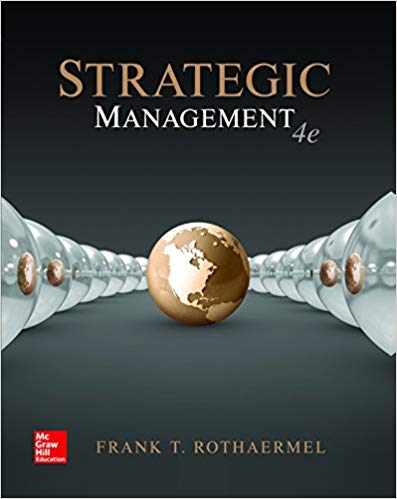
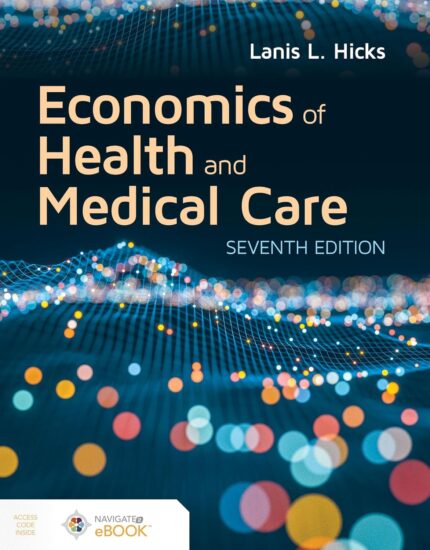




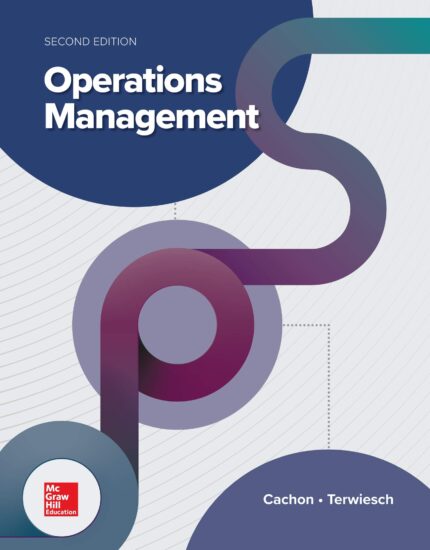


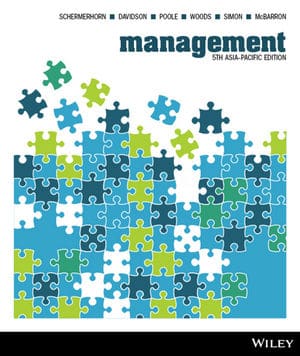


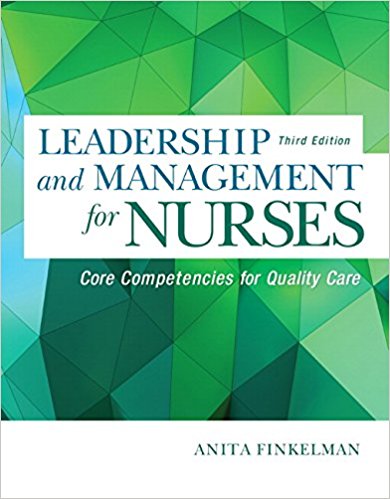
Reviews
There are no reviews yet.